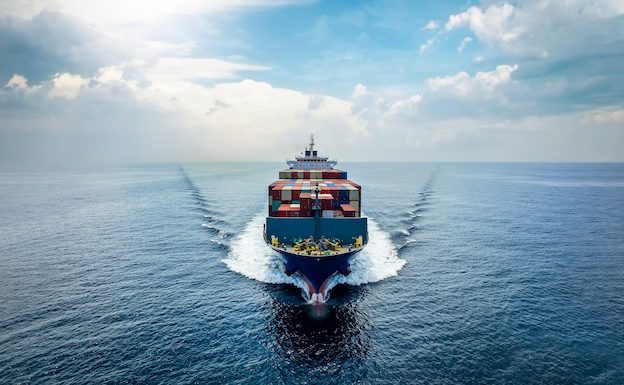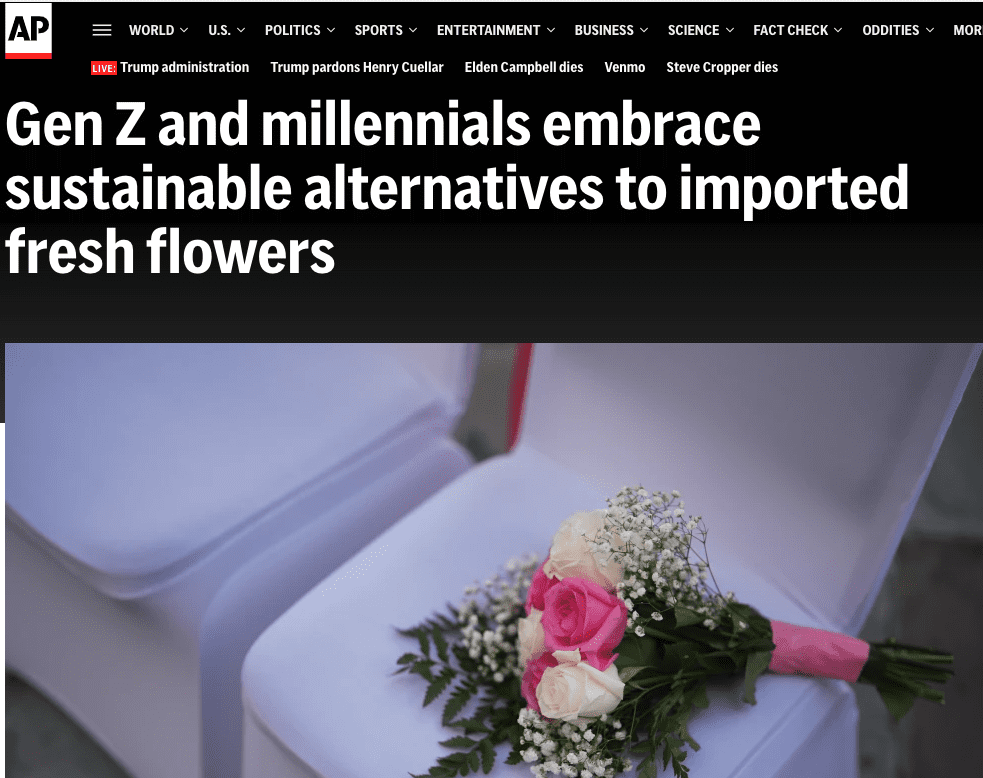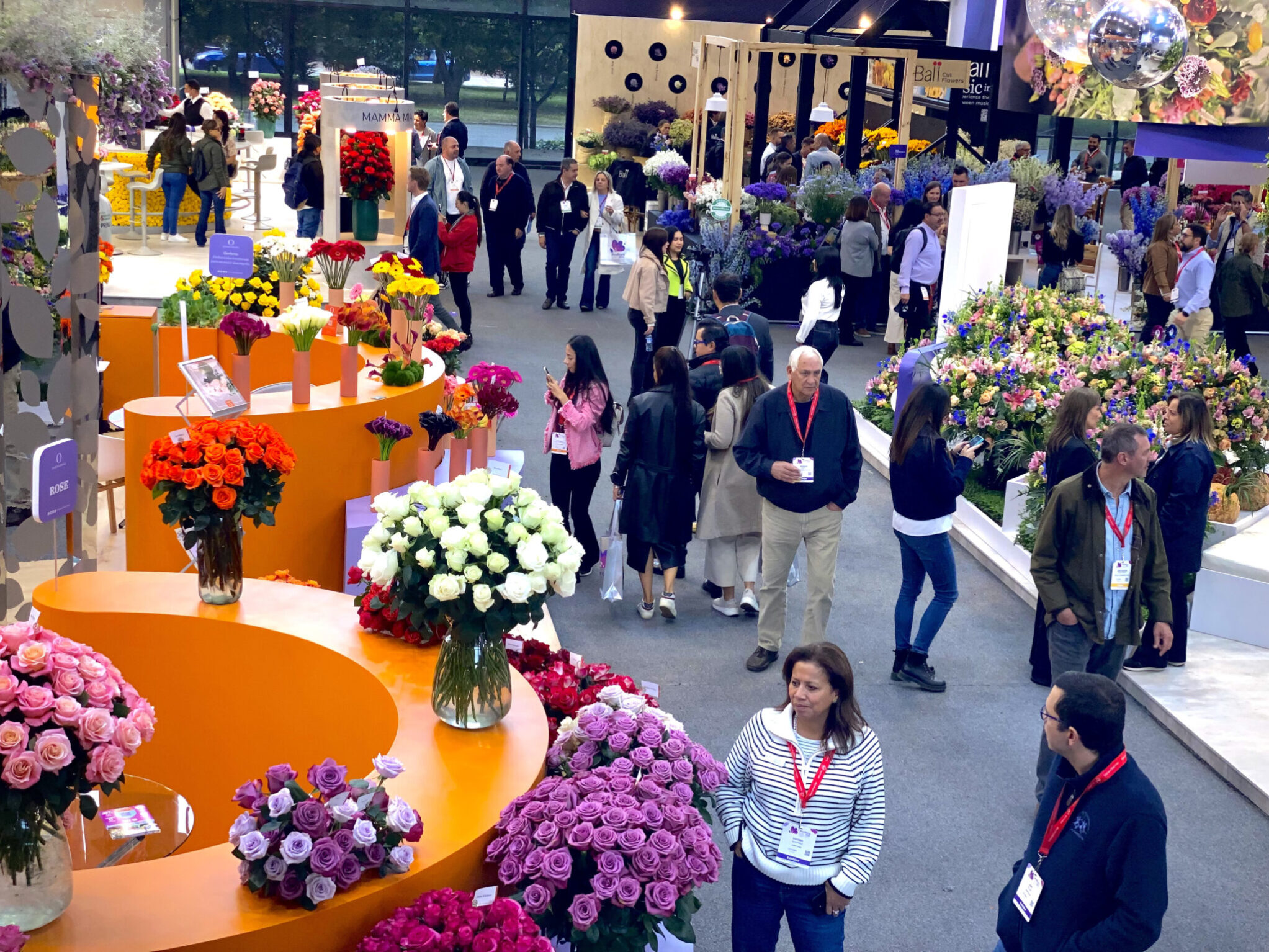
This spring, the leading cargo airlines that transport fresh produce and flowers from Colombia committed to reducing CO2 emissions this year by using 14,204 kg (or 31,314 pounds) of sustainable aviation fuel (SAF).
Commitments like this one are occurring constantly and are reducing the carbon footprint of transporting flowers, says Daniela España, director of Florverde Sustainable Flowers, an independent certification program in Colombia that promotes sustainable flower production, which pushed for the change.
“What we are doing is pressuring our partners to be more sustainable,” España says in the May/June issue of Floral Management.
As growers have embraced eco-friendly practices such as water conservation, solar energy utilization, and innovative pest management techniques, similar strides have been made in the transportation sector, albeit often unnoticed.
Driving Reductions and Efficiencies
Enhanced logistics and improved transport efficiency are driving many of these advancements, according to Jeroen Oudheusden, executive officer of the Floriculture Sustainability Initiative, a global group of floriculture stakeholders working to enhance sustainability in flower and plant production through streamlined standards and certifications, and industry collaboration.
Measures such as optimizing routing, adopting a hub and spoke model, and consolidating products contribute to minimizing the environmental impact of flower shipments worldwide.
“Reductions are the main game,” Oudheusden emphasizes. “Then more reductions. Then more reductions.”
In addition to logistical improvements, lighter and more durable packaging materials, sustainable cooling practices, and investments in modern, fuel-efficient fleets of aircraft and trucks play crucial roles in the ongoing transition to greener shipping methods.
Expanding Sea Shipping
While air transportation remains predominant for flower imports, sea shipping is experiencing rapid growth, offering another avenue for reducing carbon emissions. Recent data from PortMiami reveals a substantial surge in flower imports from Colombia and Ecuador, underscoring the increasing significance of sea transport in the industry’s sustainability efforts.
To read about other improvements that are cutting carbon emissions, read, “Green Shipping Makes Waves” in the May/June issue of Floral Management.
Amanda Jedlinsky is the senior director of content and communications for the Society of American Florists.





